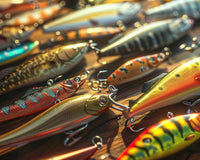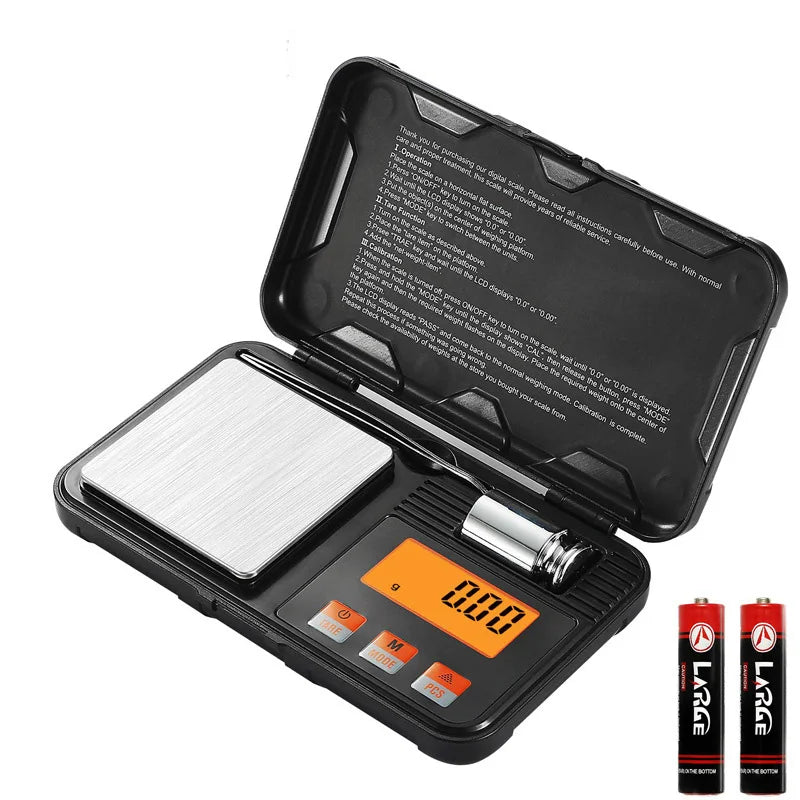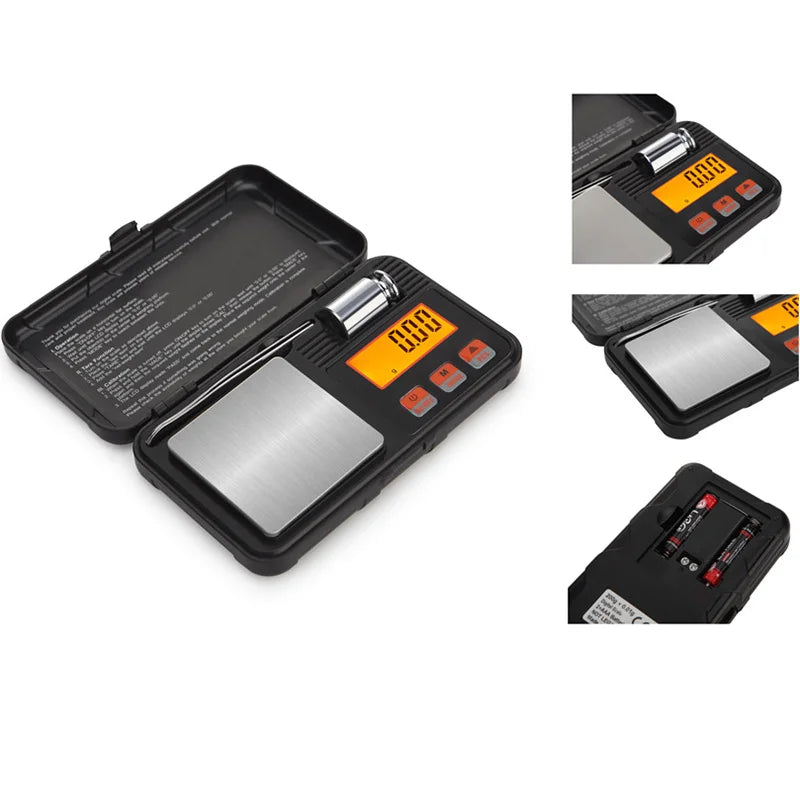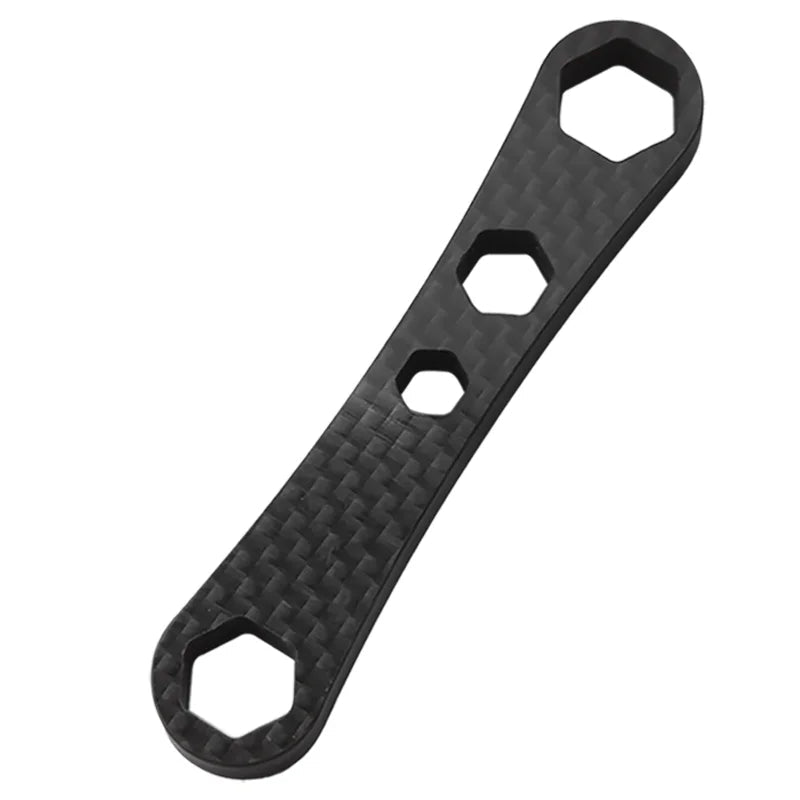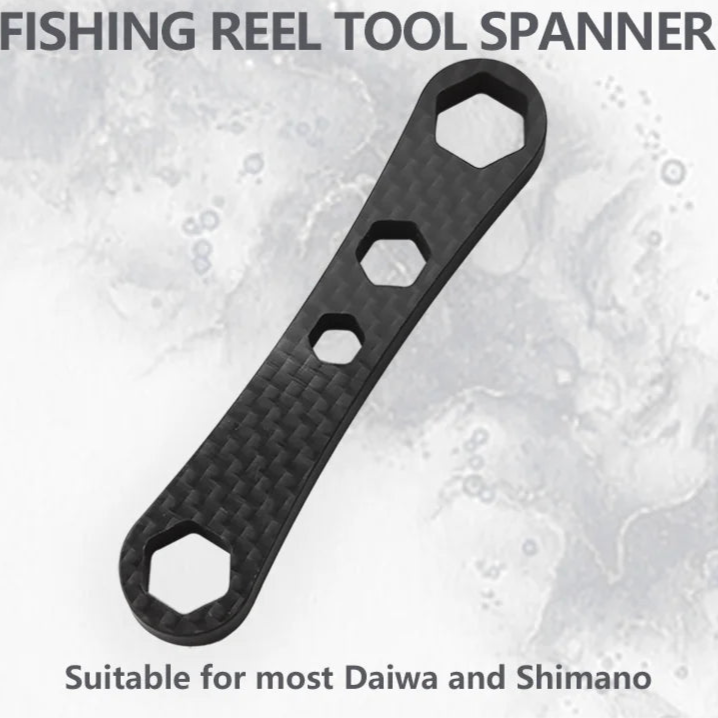If you've ever needed to tighten a screw, cut rope, or adjust a bike part—only to realise your tools are at home—you’ll understand the value of a good multi-tool. These compact, versatile gadgets can handle dozens of jobs without taking up much space.
In New Zealand, where DIY culture and outdoor living go hand in hand, multi-tools NZ wide are helping people stay prepared for daily fixes, unexpected tasks, and adventures off the beaten track. This guide covers five must-have types of multi-tools, how they’re used, and why Everyday Carry Tools are becoming essential.
What is a Multi-Tool?
A multi-tool is a small, portable device that combines several tools into one. Most include pliers, blades, screwdrivers, and scissors. Others may feature a saw, bottle opener, file, or hex wrench.
They’re designed to be carried in a pocket, pack, or glovebox—ready for use when you don’t have access to a full toolbox. Whether you're working on a project, camping, cycling, or fishing, having the right multi-tool can save time and frustration.
Why Multi-Tools Are Popular in NZ
In New Zealand, people often live active, hands-on lifestyles. We fix things ourselves, explore the outdoors, and enjoy being ready for anything. That’s why multi-tools NZ users value these tools so highly.
Key Benefits:
-
Portable: Easy to carry on foot, bike, boat, or car
-
Practical: Replaces a full set of tools in one device
-
Reliable: Helps with jobs at home, on the road, or in the bush
-
Efficient: Saves time when things go wrong
They’re especially popular with cyclists, campers, boaties, tradies, and anyone who enjoys hands-on problem solving.
1. Compact Folding Tool
This is the most common type of multi-tool. It folds down small but opens to reveal several full-featured tools. Most compact tools include:
-
Needle-nose pliers
-
Knife blade
-
Screwdrivers
-
Wire cutters
-
File or scissors
Some models include extras like saws or bottle openers. They usually fit in a pouch or large pocket.
Ideal For:
-
Home DIY
-
Vehicle repairs
-
Boat or trailer maintenance
-
Light building projects
Example: You're fixing a fence post and need to strip wire. A compact folding tool with pliers and cutters does the job—no toolbox required.
2. Carabiner Multi-Tool
A carabiner multi-tool is designed to clip onto a belt, pack, or bag loop. It's great for people on the move who want easy access to basic tools. These are lightweight, streamlined, and perfect for small jobs.
Common Features Include:
-
Mini screwdriver heads
-
Small knife or cutting edge
-
Wrench or hex tool
-
Bottle opener
Best For:
-
Trampers and bushwalkers
-
Trail runners and hikers
-
Backpackers and kayakers
Example: You're on a bushwalk and your pack buckle works loose. Your carabiner multi-tool has a small Phillips screwdriver that tightens the bolt in seconds.
3. Pocket Survival Tool
Survival-style tools go beyond repairs. They include gear that helps in emergencies or remote conditions. Along with pliers and blades, you might find:
-
A whistle
-
Firestarter rod
-
Serrated saw blade
-
Emergency signal mirror
-
Compass or waterproof case
These tools are ideal for people who go off-grid or spend time in rural or coastal areas.
Best For:
-
Campers
-
Fishers
-
4WD users
-
Hunters and trampers
Example: You’re camping by a lake and need to cut firewood. Your multi-tool includes a compact saw blade that trims kindling without carrying a full-sized saw.
4. Everyday Carry Tools (EDC)
Everyday Carry Tools are small enough to fit on your keyring or in your pocket. They’re great for people who want to be ready for common daily tasks without carrying a large tool.
Typical EDC Tools Include:
-
Flathead and Phillips screwdrivers
-
Bottle opener
-
Mini blade
-
Wire stripper
-
Pry tool or file
Great For:
-
Cyclists and commuters
-
Office workers and students
-
Tradespeople on the go
-
Anyone who likes to be prepared
Example: You're commuting to work when your bike's brake lever comes loose. Your keychain multi-tool has a small hex driver—tightened and back on the road in under a minute.
5. Worksite or Vehicle Multi-Tool
Designed for trades, mechanical tasks, and repeat use, these larger multi-tools are stronger and offer more grip. They’re often carried in a pouch and include:
-
Strong pliers and wire cutters
-
Long screwdriver bits
-
Wood or metal file
-
Large straight and serrated blades
-
Saw or crimper
-
Bit driver system
Ideal For:
-
Mechanics
-
Builders
-
Farmers
-
Vehicle owners
Example: You're doing a field repair on a boat trailer. Your worksite tool includes pliers, a file, and a hex wrench—just enough to get you home safely.
Key Features to Look For
When choosing between multi-tools NZ has available, it’s important to match the tool to how you plan to use it.
Features to Consider:
-
Locking tools – For safety during use
-
Stainless steel or coated finish – To prevent rust
-
Comfortable grip – Especially for worksite tools
-
Blade quality – A sharper edge lasts longer
-
Weight and size – Lighter tools for travel, heavier ones for work
If you only need a basic cutter and screwdriver, a compact or EDC tool might be best. If you want a backup for real jobs, choose something more rugged.
Blades and Cutting Tools
Not all blades are equal. Blade design affects how well the tool performs—and how long it lasts.
Common Blade Types:
-
Straight edge – Best for smooth cuts
-
Serrated edge – Ideal for rope, rubber, or wood
-
Saw blade – Useful for branches, dowel, or light timber
-
Scraper blade – Removes paint or sealant
Look for tools with a locking blade for safety. Sharpen or replace the blade when needed.
Extra Tools That Add Value
Some tools include extras that make everyday tasks easier. These may not be essential, but they come in handy more often than you'd think.
Useful Add-Ons:
-
Bottle opener – Popular in EDC tools
-
Reel removal tool – Handy for fishing setups
-
Scissors or file – Good for gear tweaks
-
Bit driver – Accepts different screwdriver heads
-
Tweezers – Useful for splinters or electronics
Think about the kinds of jobs you face week to week—and choose tools that fit.
Caring for Your Multi-Tool
A quality multi-tool can last years, but only if you look after it. Clean it regularly and store it properly, especially after exposure to water, sand, or salt.
Basic Care Tips:
-
Rinse after use outdoors
-
Dry thoroughly before storing
-
Lubricate joints with light oil
-
Store in a case or dry pouch
-
Sharpen blades when needed
Rust, grit, and moisture are the biggest threats. Keeping your tool clean means it’s ready when you are.
Safety Tips for Everyday Use
Multi-tools are convenient, but they still include blades and pinch points. A few simple habits will help you avoid accidents.
Stay Safe By:
-
Always unfolding tools fully before use
-
Locking blades before cutting
-
Keeping fingers away from hinges
-
Folding tools closed before storage
-
Supervising children if present
Respect the tool, and it will serve you well.
How to Choose the Right Multi-Tool
There’s no one-size-fits-all option. The right tool depends on your habits, lifestyle, and how much you want to carry.
Questions to Ask:
-
Do I want to carry it every day or just on trips?
-
Will I be using it mostly indoors, outdoors, or at work?
-
Do I need heavy-duty tools or just basic functions?
-
Would I prefer a keychain-sized option or a pouch-sized one?
Many people in New Zealand choose two: one small EDC tool for daily carry, and a stronger tool for bigger tasks.
Final Thoughts
Multi-tools are a smart investment for anyone who likes to be prepared. From Everyday Carry Tools that fit in your pocket to larger options for the shed or vehicle, there's something for every kind of user.
Multi-tools NZ users appreciate include everything from keychain gadgets to survival tools and full worksite units. Choose one that fits your gear, your lifestyle, and the tasks you deal with most often.
At HOOK LINE SINKER, we offer high-quality MULTI-TOOLS and REPAIR KITS for your Everyday Carry (EDC) needs.
Happy Fishing! 🎣



